This week, the leaders of the Group of Seven (G7) economies — Canada, France, Germany, Italy, Japan, the United Kingdom and the United States, plus the European Union — will assemble in Hiroshima, Japan, for their 49th summit. Climate action will, rightly, be high on the agenda. With climate impacts mounting and the transition to low-carbon energy at a crossroads, the group must make sure that the action it takes is swift and decisive, and works both in its member countries’ best interests and in those of the wider world.
Global leadership from the G7 is crucial for cutting greenhouse-gas emissions quickly to keep planetary warming within the 1.5–2 °C threshold of the Paris climate agreement1. G7 actions matter because the group accounts for more than half of global gross domestic product (GDP), 28% of carbon dioxide emissions from fossil fuels and 13% of the world’s population, as well as a large share of historical emissions2. It also has the financial means to assist other countries in developing more-ambitious decarbonization goals.
Climate commitments already made by the G7 need to be expanded and market distortions hindering the green transition should be removed. In 2020 and 2021, the group spent more than US$725 billion on green measures, such as clean energy, energy efficiency, electric vehicles and green-innovation research, as part of packages for economic recovery from the global slowdown that accompanied the COVID-19 pandemic3.
But at the same time, market distortions favouring fossil fuels remain4. Across the G7 countries, subsidies — such as incentives for increased production, write-offs and tax deductions and reducing prices paid by consumers — for oil, coal and gas amount to $63 billion per year, or $62 per person, on average5. Artificially depressed prices deter fast growth of low-carbon energy and have helped to spur a post-pandemic surge in fossil-fuel consumption and greenhouse-gas emissions6. But the true cost is much greater. Adding in the environmental and health costs of fossil-fuel use, including climate impacts, pollution, traffic congestion and road accidents, as well as forgone tax revenues, underpricing fossil fuels is costing the G7 nations almost $1.2 trillion each year — 2.8% of the G7’s GDP and $1,186 per person5. For the rest of the world, the cost is $4.7 trillion (see ‘The true price of fossil fuels’).
Source: IMF (go.nature.com/3KKHML)
Government investment in green tech research and development (R&D) is flagging in G7 nations just when it is needed most. Although renewables took a growing share of energy R&D public spending from the 1990s to the 2000s, reaching a peak of 15–30% of the total in all 7 economies in 2010, since 2015 that share has fallen to around 10–20% of the total7. Government-funded R&D related to the environment is stuck at 1.5–3% for 6 of the G7 economies and at just 0.3% in the United States in 20217. Lapsing innovation in the G7 might have slowed environmental-technology development globally (see ‘A fall in green innovation’). Over 2016–19, the G7 accounted for 70% of global green innovation, with the United States and Japan each producing 21% and Germany 11%7.
Source: OECD
The G7 has taken some positive steps. At the 2022 summit in Germany, the group agreed to form a ‘Climate Club’ to spur the introduction of more-ambitious climate policies; its formal launch is expected later this year. Eventually, the group intends other countries to join, and the G7 and other members are considering whether or not to impose levies on imported goods, on the basis of their embodied carbon emissions. The aim would be to decarbonize emission-intensive and trade-exposed industries, such as cement, chemicals, iron and steel, while protecting these industries from competition in countries that have not adopted similar initiatives.
But the G7 can and should do much more, within its own borders and in the wider world. Last month, I outlined a three-tiered low-carbon strategy in a policy paper for the Hiroshima summit (see go.nature.com/3lduqd2). The gist of it, outlined here, is that the G7 should adopt three core sets of policies: to overcome market distortions favouring fossil fuels; to foster a more-inclusive version of the Climate Club; and to assist emerging-market and developing economies to attain climate, poverty-alleviation and development goals.
Remove market distortions favouring fossil fuels
All G7 members should start by implementing three green policies to reduce greenhouse-gas emissions from fossil-fuel use. First, they should phase out all subsidies for consuming and producing fossil fuels over the next five years. This would save money and make economies more sustainable, energy independent and secure.
Second, they should phase in more-comprehensive carbon-pricing mechanisms. These involve either carbon taxes or emission-trading schemes, both of which effectively put a charge on each tonne of carbon produced. A tax imposes this charge directly, whereas emission trading places an overall cap on pollution and allows polluters to trade their allocated emission permits. The resulting traded price for permits becomes the charge for emitting carbon. Although several G7 economies have introduced carbon taxes and emission trading to limit greenhouse-gas emissions, in general carbon prices remain too low to incentivize changes in behaviour, and the scope of these mechanisms is too narrow.
Why we need a new economics of water as a common good
To be on track for net zero emissions by 2050, high-income and large emitters such as those in the G7 should attain a carbon price of at least $75 per tonne of carbon dioxide emitted and extend the pricing to cover more sectors8. No G7 member does both (see Supplementary Table 1). For example, the European Union Emissions Trading System has reached higher price levels but covers only power, manufacturing and aviation. Japan’s carbon price is extremely low — $2 per tonne of carbon dioxide equivalent (tCO2e) — but does cover all sectors (with some exemptions)9. The United States currently has no national carbon pricing scheme but it could encourage states and cities to tax and trade carbon more widely, as California, Oregon, Washington and the Regional Greenhouse Gas Initiative of 12 eastern states currently do.
Third, G7 countries should direct the revenues raised towards green priorities, including investments in clean-energy R&D and transport infrastructure. Governments should offset adverse effects on income, employment and inequality by raising the minimum wage, providing payments or retraining for displaced workers, and targeting income dividends and tax rebates to vulnerable households. Policies along these lines in Italy, France, Germany, Spain, Norway and Estonia cushioned the impacts of the energy-price surge following the Russian invasion of Ukraine, for example10. Fully compensating the bottom 20% of all European households for the 2021–22 energy-price surge would have cost each nation, on average, 0.4% of GDP10.
Make the Climate Club globally inclusive
The G7’s Climate Club initiative is a step in the right direction, but from a global perspective, its success will hinge on how effectively other nations can be brought in. In the second key set of actions I propose, the G7 should extend its Climate Club with a more-inclusive framework. To be effective in encouraging members to reduce emissions, a climate club must agree on a minimum carbon price for participants and impose penalties on countries that don’t participate11. But the G7, and the world, will reap more benefits by also allowing other countries to join. If other large emitters remain outside, industries based in the G7 might become less competitive and some will switch production to nations with fewer restrictions, reducing emissions savings8.
A wind turbine spins in front of the cooling towers at the Jänschwalde coal-fired power station in Germany.Credit: Sean Gallup/Getty
Committing to remove market distortions favouring fossil fuels should be the main precondition for any nation joining the Climate Club. As an incentive, minimum carbon prices should be set lower for emerging-market and developing economies that become members. For example, prices could be set at $75 per tCO2e emitted for high-income countries, $50 per tonne for middle-income countries and $25 per tonne for low-income countries8,12. Such a differentiated price floor is progressive because it will induce proportionally more carbon mitigation by high-income countries.
Participants in the club could achieve the price floor through either pricing carbon or equivalent policies, such as regulations that limit emissions and expand the sectors covered and by commitments from states, provinces, cities and businesses. Initially, the carbon price floor could be just for power generation and carbon-intensive industries such as cement, iron, steel and chemicals. Later, it would be extended to other sectors and sources from industry, services, transport and agriculture. Individual countries could set higher carbon prices to achieve more-ambitious mitigation pledges and targets.
Energy crisis: five questions that must be answered in 2023
The G7 Climate Club will also need to impose a carbon import levy — a charge on the carbon embodied in imports from regions that have yet to adopt the club’s minimum carbon pricing. Therefore, a ‘border carbon adjustment’ is necessary to protect the collective policies and competitiveness of carbon-intensive industries of club members13. Combined with a differentiated carbon price floor, the import levy would allow economies in the club to implement ambitious mitigation policies for their carbon-intensive industries and encourage others to join the club8. Emerging-market and developing economies are likely to respond by imposing a carbon price on their own industrial sectors and eventually participate in the club8.
Assist developing economies to decarbonize
The G7 should go further in assisting emerging-market and developing economies with adopting the policies and investments needed to participate in the Climate Club. That entails scaling up and broadening G7 initiatives such as the Just Energy Transition Partnerships (JETPs) and the Partnership for Global Infrastructure and Investment (PGII).
The JETPs are a financing cooperation mechanism created by the G7 in which donors help to fund specific investments in emerging economies, with the aim of reducing fossil-fuel dependency and over-reliance on coal, to accelerate a clean-energy transition. The first partnership was established between G7 members and South Africa at COP26 in Glasgow, UK, in 2021. Two more partnerships were launched with Indonesia and Vietnam last year, and two more are planned with Senegal and India. However, these plans are still vague. Some G7 partners — the EU, France, Germany, the United Kingdom and the United States — have pledged $8.5 billion in technical and financial assistance to South Africa for clean electricity, electric vehicles and green hydrogen projects, but with few specifics14.
Degrowth can work — here’s how science can help
The PGII, announced at the 2022 G7 summit in Germany, seeks to mobilize $600 billion in global infrastructure investments from public and private sources by 2027; the United States has pledged $200 billion already, and further details on implementing the fund are likely to emerge at the Hiroshima summit. It should prioritize investments that complement and support those made through the JETPs. This might include improving transmission grids to support clean energy, more-sustainable urban development, decarbonizing industries and creating charging networks for electric vehicles.
In return, partner nations should adopt carbon pricing and other policies necessary to join the Climate Club. The G7 should assist them with finance and the design and implementation of climate policies. This might be coordinated through the World Bank’s Partnership for Market Implementation Facility, which aims to put carbon-pricing policies and programmes in place in at least 30 emerging and developing economies; G7 support would enable more countries to be brought in.
Such policies should ideally be designed to achieve poverty alleviation, development and climate-mitigation goals simultaneously, especially in rural areas. Two promising policies are swapping out fossil-fuel subsidies to provide expansion of renewable-energy services in underserved rural areas; and using revenues from carbon pricing to fund nature-based solutions, such as planting forests, that create jobs and livelihoods in poor regions.
By all these means, creating the conditions for an inclusive Climate Club will enable the G7 to accelerate a low-carbon transition of their economies and encourage more nations to do the same.




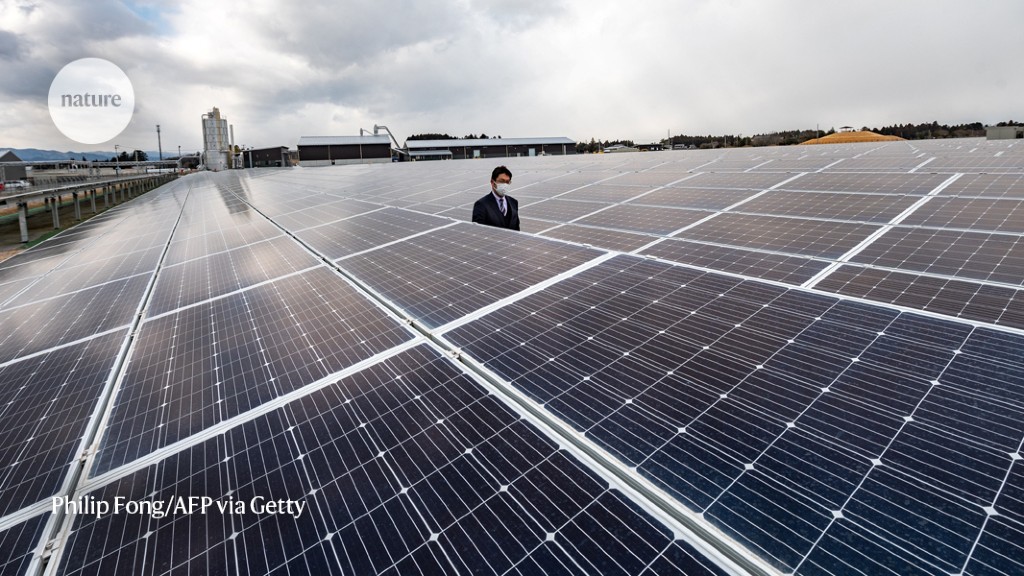
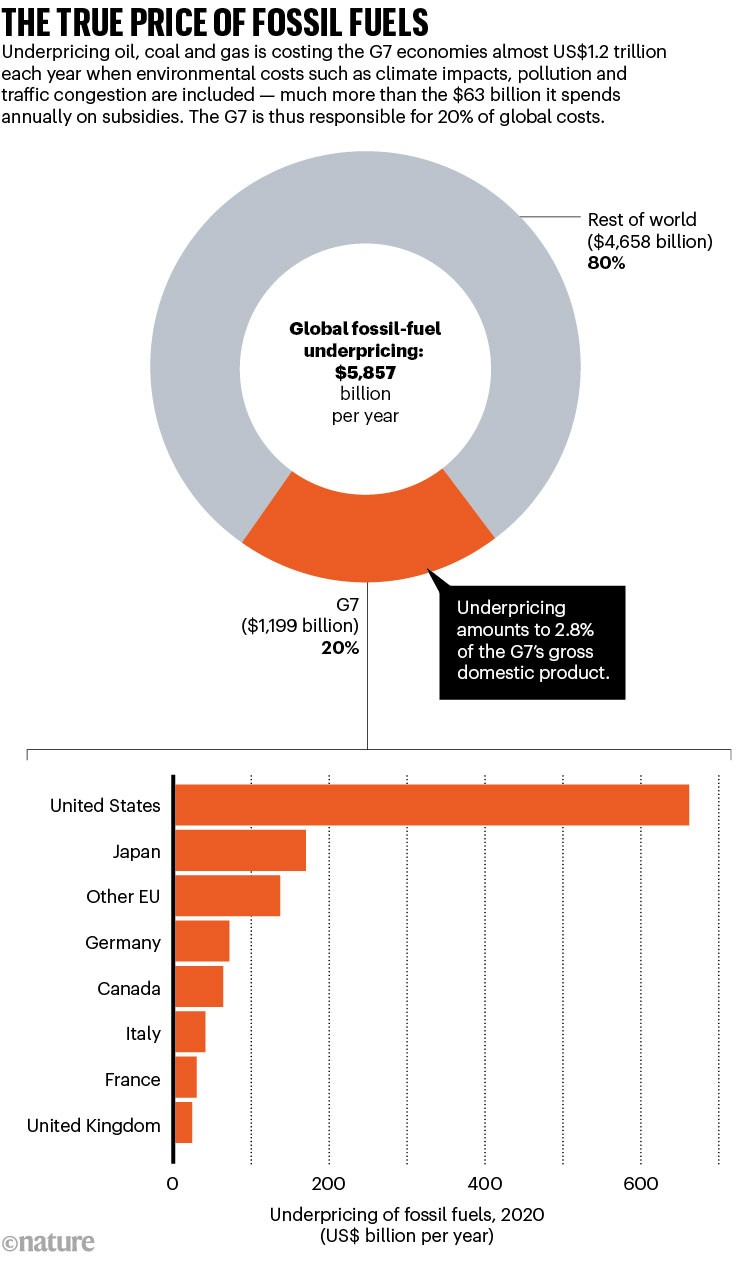
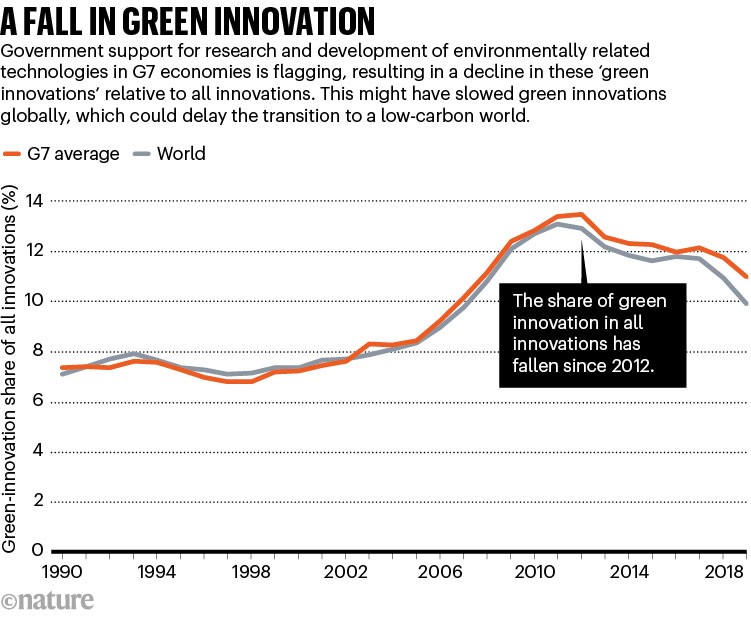

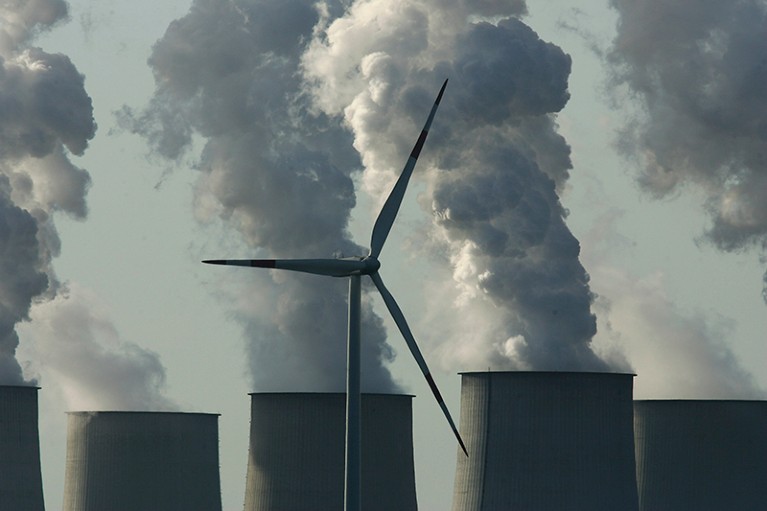
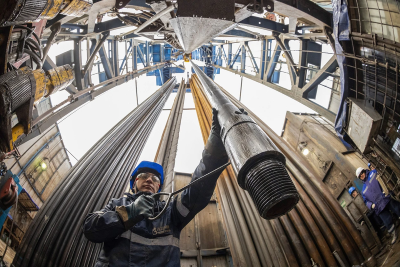

More News
Daily briefing: Carrion crows have counting skills seen only in people
Researcher parents are paying a high price for conference travel — here’s how to fix it
Asymmetric hydrogenation of ketimines with minimally different alkyl groups – Nature